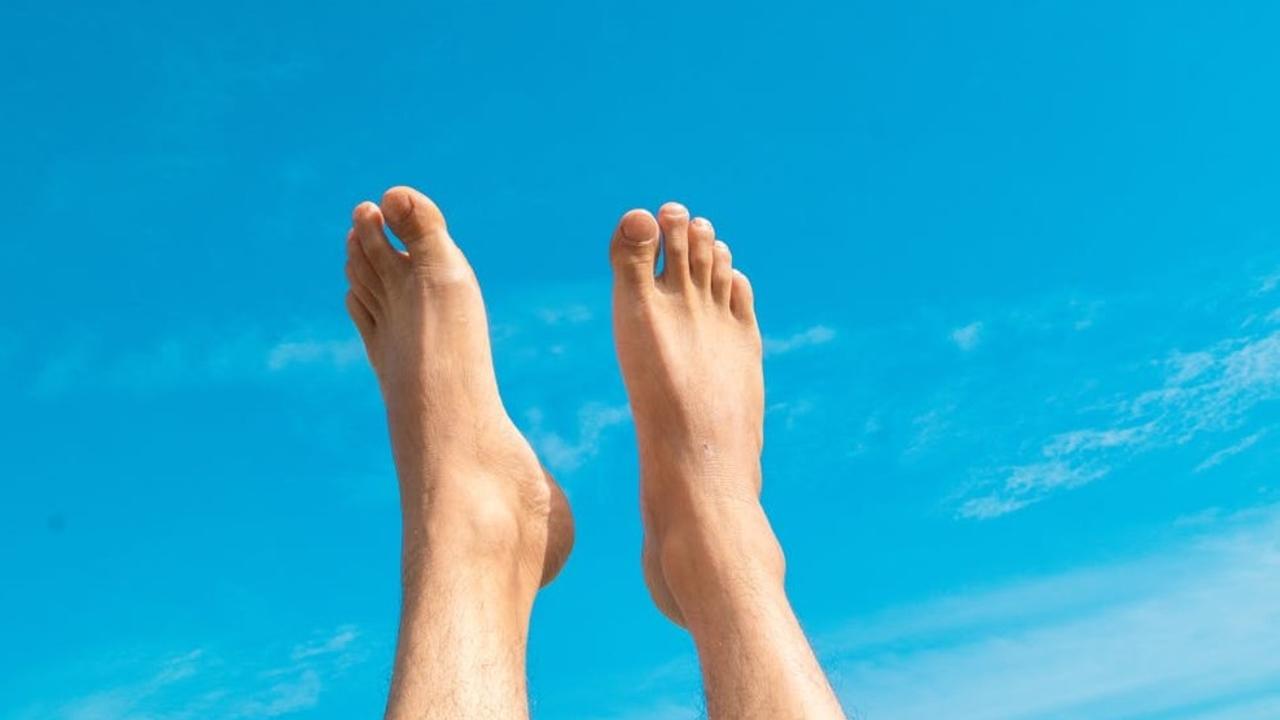Foot Pain? Have You Heard of Cuboid Syndrome
Jan 20, 2021
Are you a trail runner, dancer or long distance runner that continues to experience sprained ankles or tenderness at the bottom of your foot?
Many active adults come to us feeling frustrated with nagging symptoms in their heel, sprained ankles or misdiagnosed plantar fasciitis pain limiting training sessions and active lifestyle. At Inside Out we work with every individual 1 on 1 to identify the root cause of why symptoms are occurring.
Did you know each foot has 26 bones and 33 joints? That’s not including the more than a hundred ligaments, tendons and muscles as well. The foot isn’t as simple as we sometimes believe.
For many the reason their symptoms are lingering around is they’ve been misdiagnosed or mismanaged. At Inside Out we look outside the box when necessary and one of those things we look is the cuboid bone located within the foot.
Cuboid syndrome can occur when there’s dysfunctional movement or structural congruence at the calcaneocuboid joint. The calcaneocuboid joint is a saddle-shaped joint between the front of the calcaneus (heel bone) and the proximal pole of the cuboid. This joint is within the foot and ankle complex and works with locking the midtarsal joint (midfoot) in order to allow for a rigid foot at push-off and a flexible foot at heel strike which is important for running on various surfaces, producing force and maintaining appropriate function for activity.

Common Signs and Symptoms of Cuboid Syndrome:
- Tenderness to palpation at 5th metatarsal (bone on outside of foot)
- Pain with push off
- History of multiple inversion/lateral ankle sprains
At this time there’s no definitive diagnostic test for Cuboid Syndrome, but a group of different assessments and tests a clinician can assess and depending on response can rule in or out positive results for cuboid syndrome.
What Can You Do?
Whether your symptoms have been occurring for 3 weeks or 3 years, seeking out guidance from a physical therapist will benefit from diagnosing but also for identifying the root cause of why those symptoms occurred in the first place. The physical therapist may also provide treatment such as manual therapy techniques, movement analysis and exercise prescription for symptom management, relief and prevention strategies.
With symptoms at the foot and ankle we want to look at the big picture of an individual and assess their movement habits and patterns to identify where we can make improvements and address symptoms appropriately. A doctor of physical therapy can also complete a gait analysis and provide retraining as needed in some chronic cases.
Wondering where to begin? Here are a few helpful exercises we recommend to start with if you’re experiencing symptoms mentioned above and also after treatment to “save” the new range of motion, sensation and movement patterns:
Stretch gastrocnemius and soleus muscles
Intrinsic foot strengthening
Balance/proprioception exercises: 3 - way balance taps
Give these a try let us know if you feel a difference. This has worked with hundreds of clients that we have worked with both locally at our performance physical therapy clinic as well as with online training athletes that we program for.
Don’t wait to live your best life, we’d love to help you reach your goals and be a part of your transformation!
Most people don’t know how to stay healthy and fit without getting hurt. At Inside Out Strength and Performance we provide a clear plan to get you in the best shape of your life, without getting injured, so that you can be active and confident that you’ll feel your best for years to come.
We help North County San Diego’s active adults and runners dealing with pain or injury get back to living a pain-free, strong, and confident life.
We are the Strength Docs who help active adults and runners live a strong, confident, and pain-free life. Fill out our contact form here to get a clear plan and get started.
References
- Durall CJ. Examination and treatment of cuboid syndrome: a literature review. Sports Health. 2011; 3:514–9.
- Jennings J, Davies GJ. Treatment of cuboid syndrome secondary to lateral ankle sprains: a case series. J. Orthop. Sports Phys. Ther. 2005; 35: 409–15.
- Martin, Christine DPT; Zapf, Ashley MD; Herman, Daniel C. MD, PhD Cuboid Syndrome: Whip It Good!, Current Sports Medicine Reports: 7/8 2017 - Volume 16 - Issue 4 - p 221 doi: 10.1249/JSR.0000000000000373.
- Newell SG, Woodle A. Cuboid syndrome. Phys. Sportsmed. 1981; 9:71–6.
